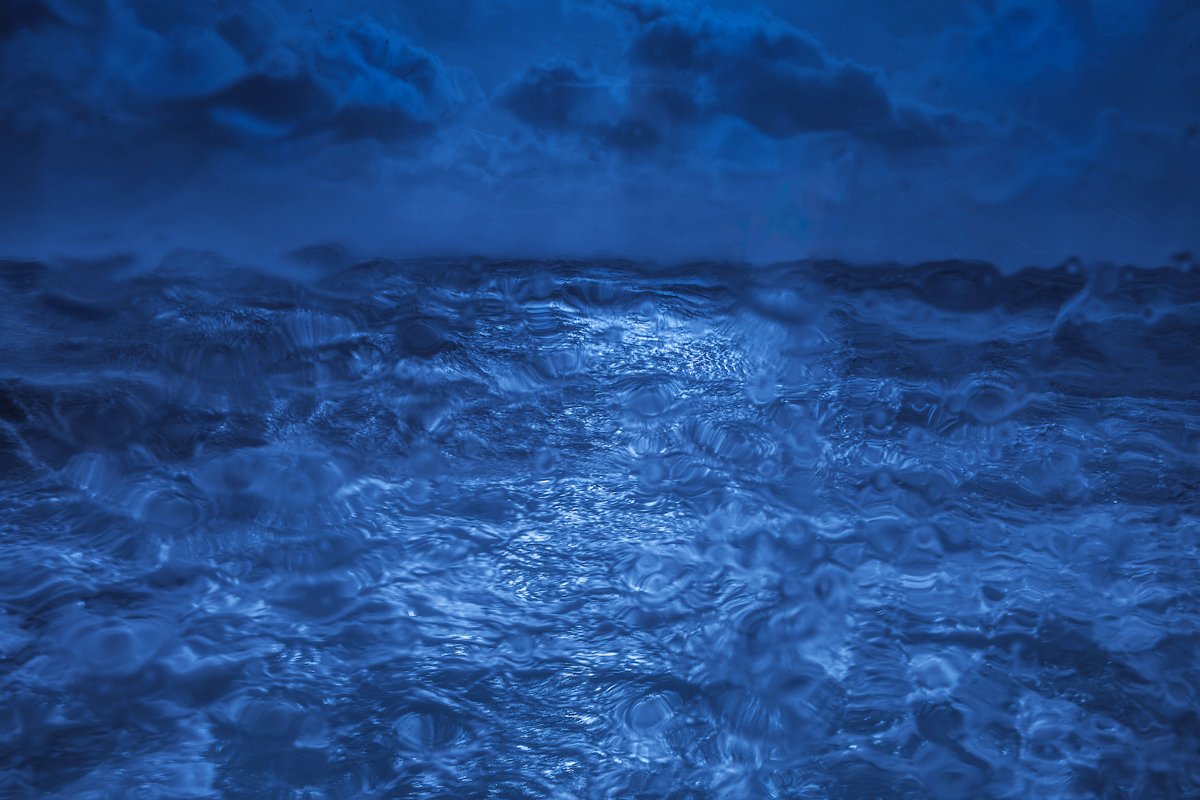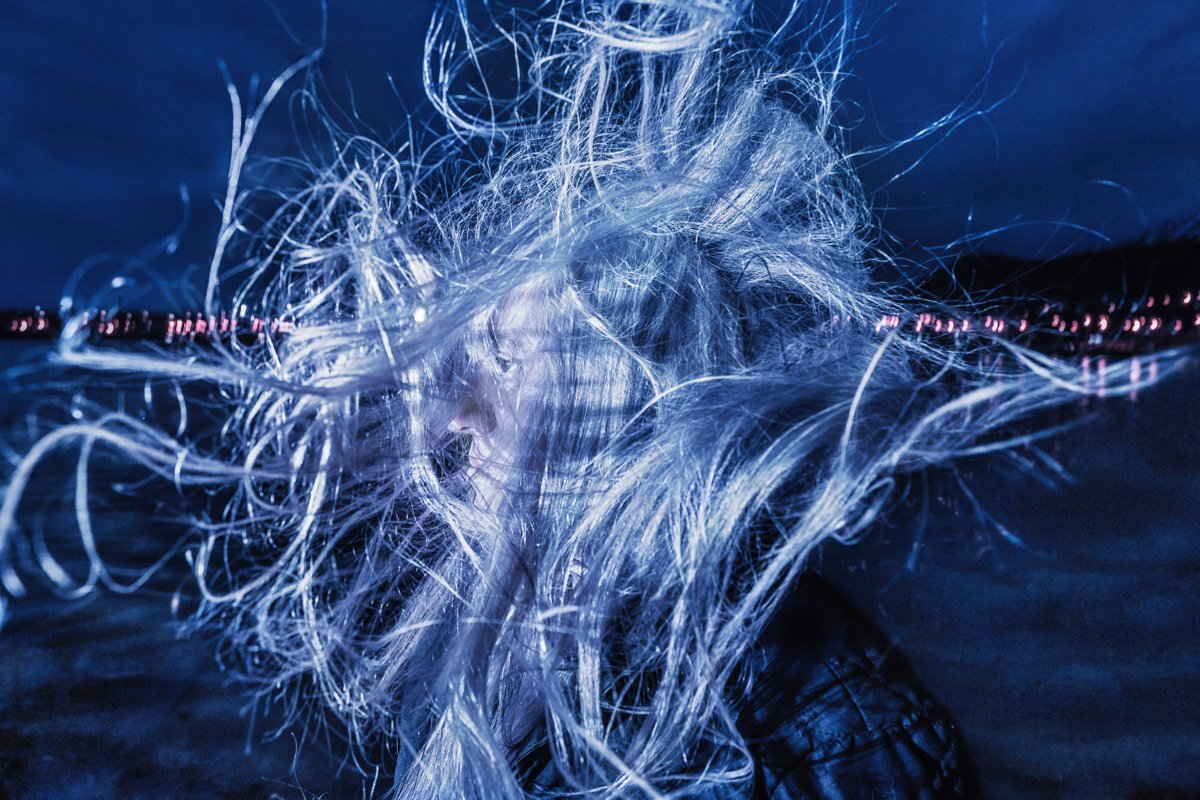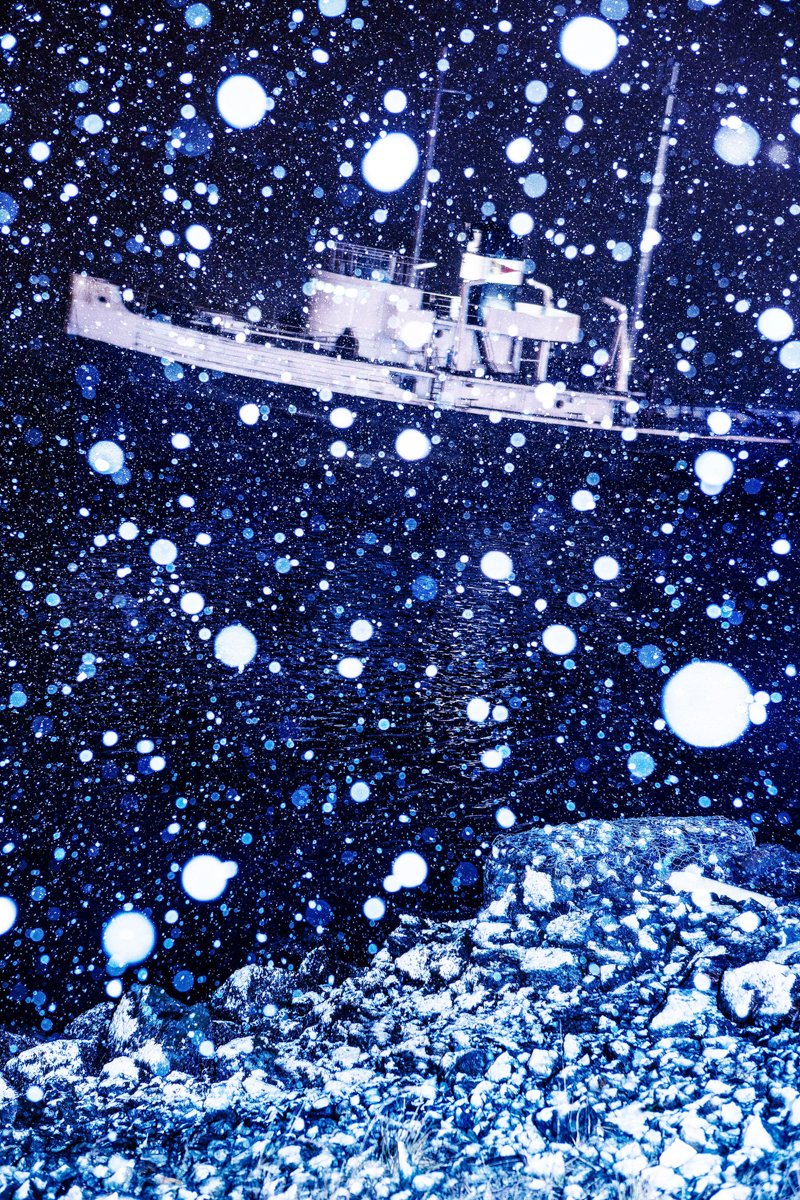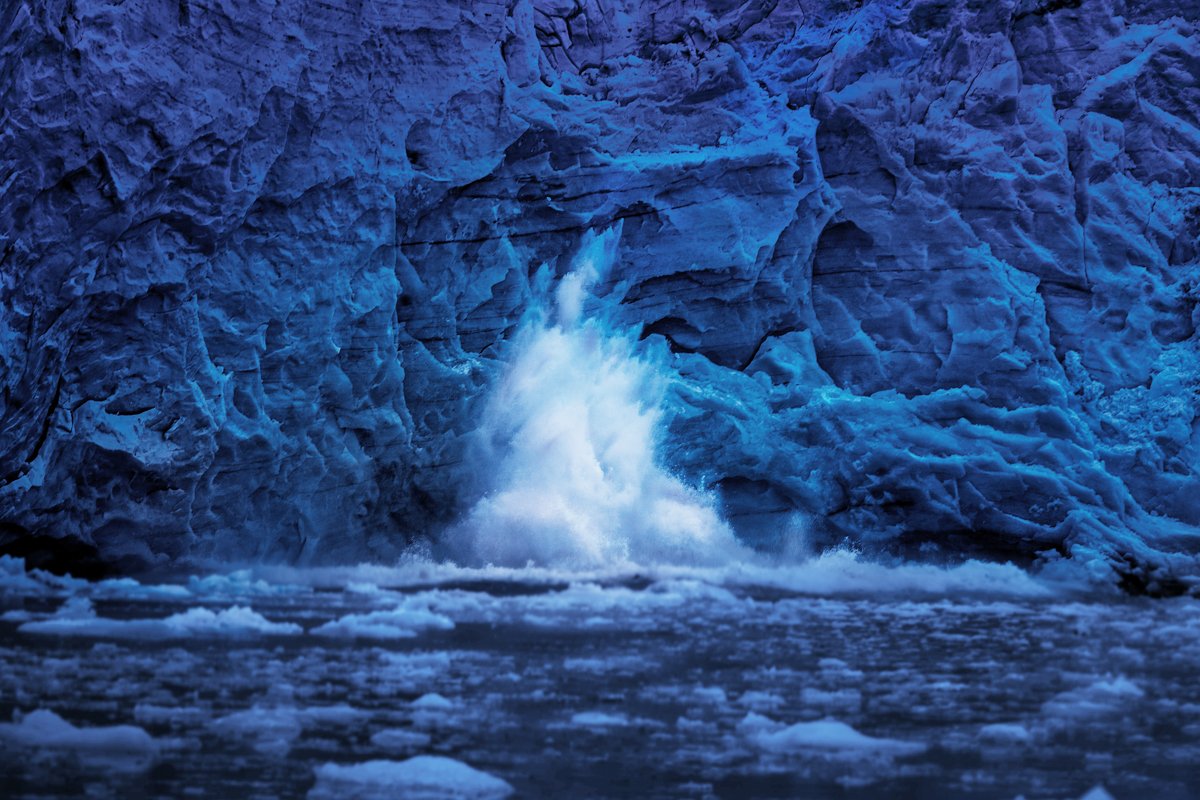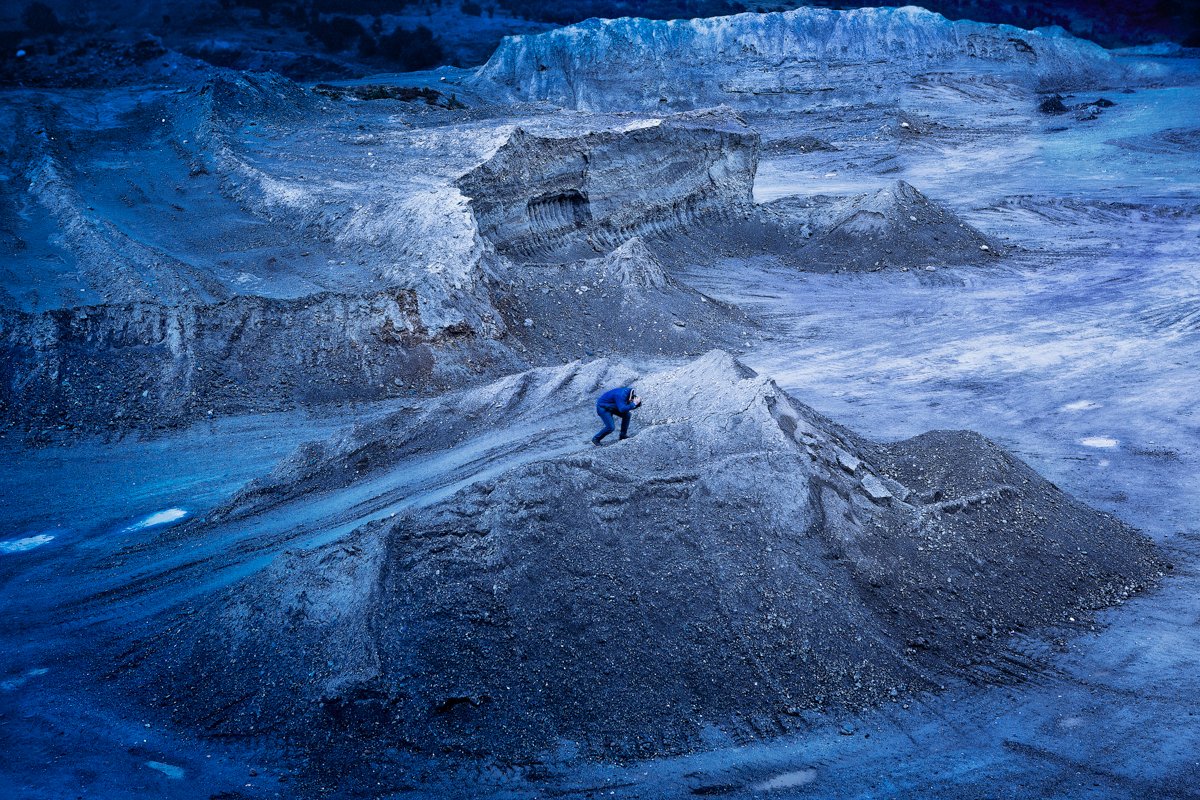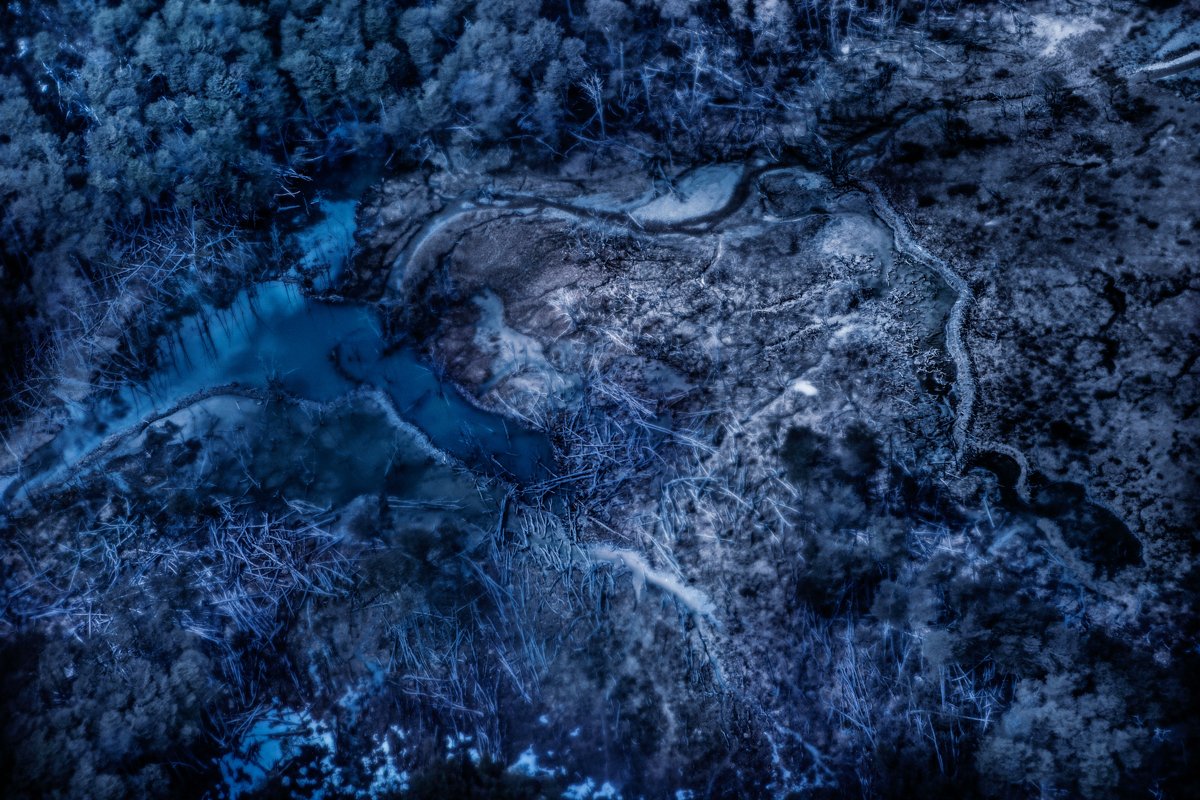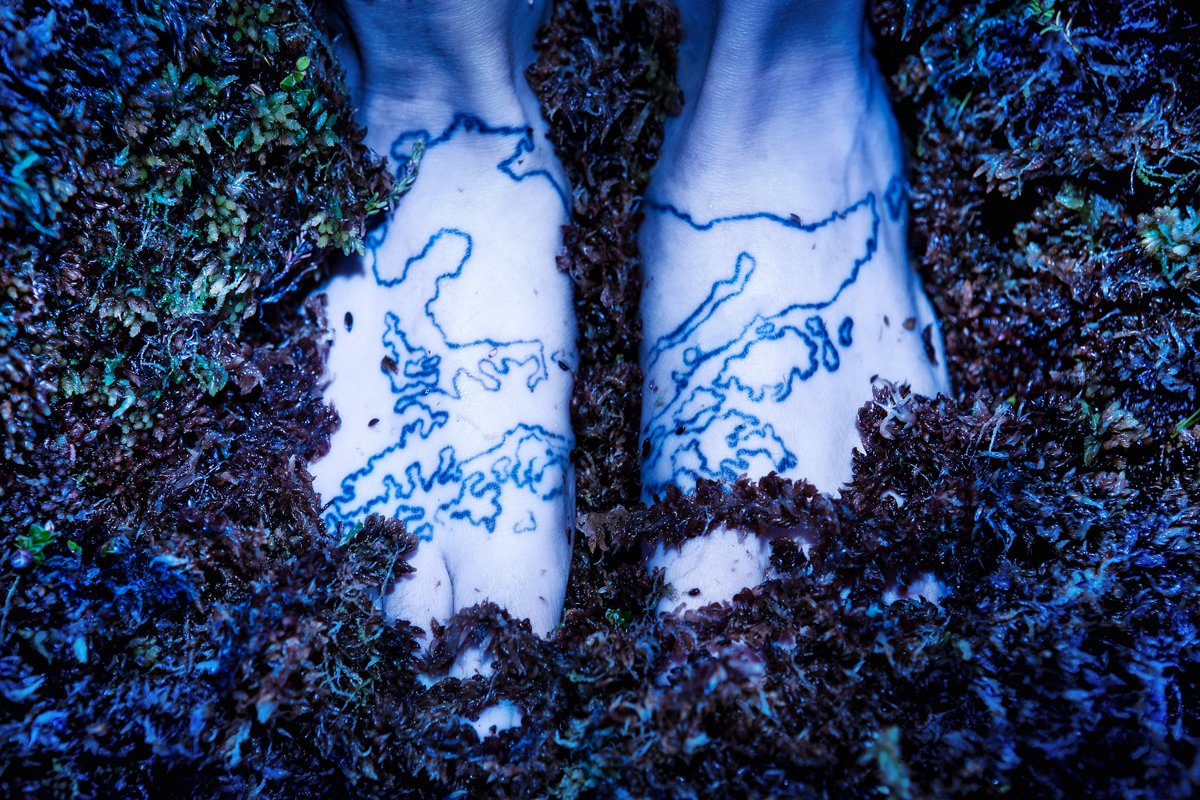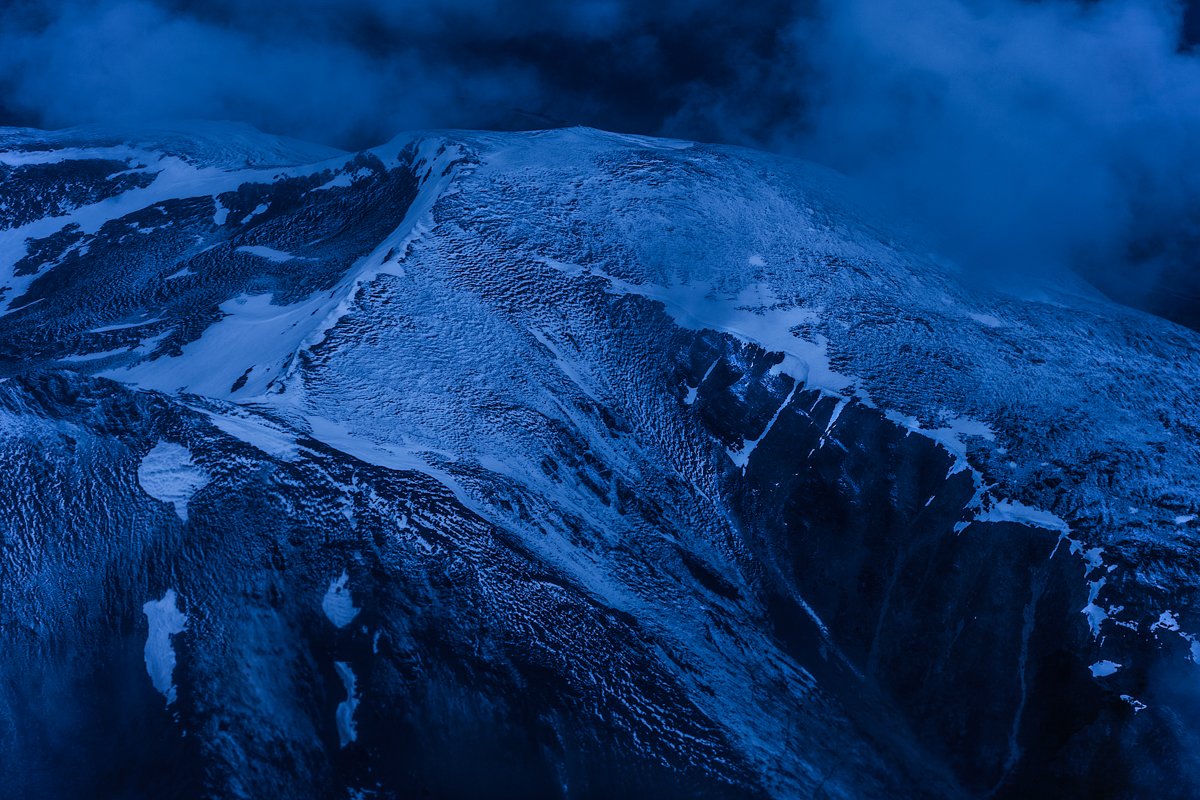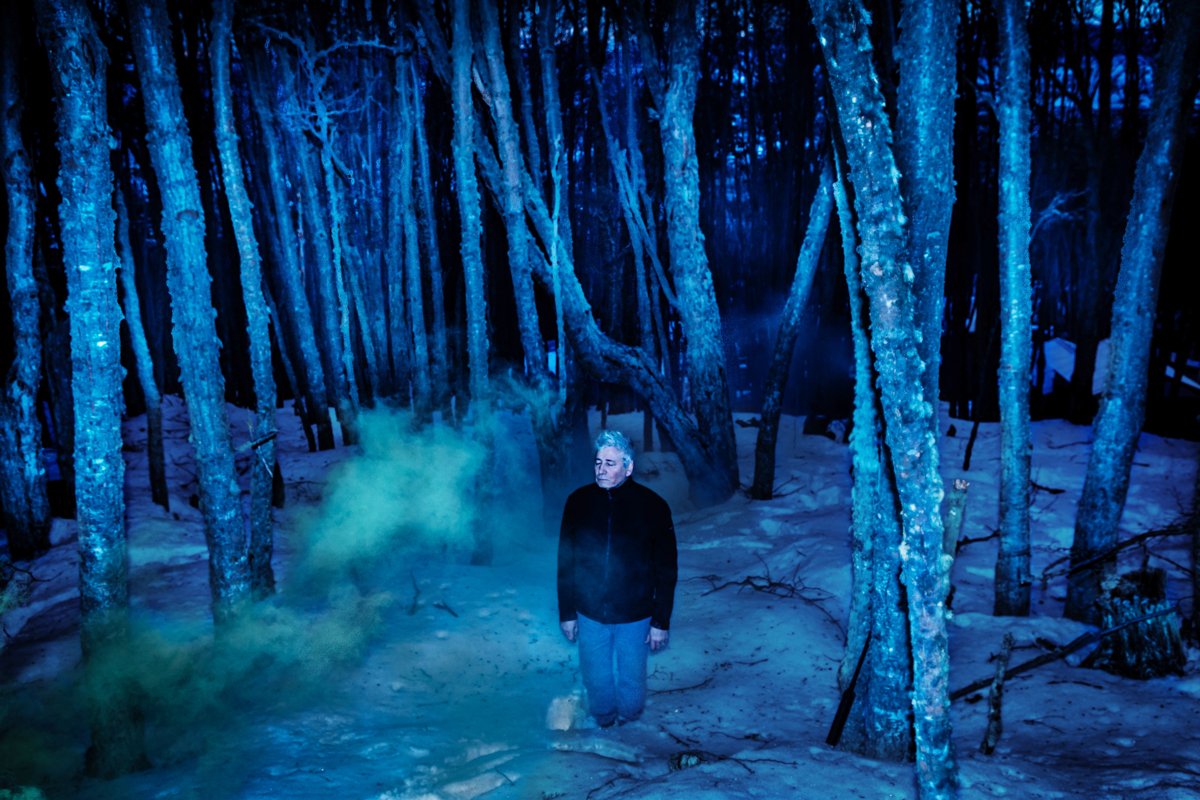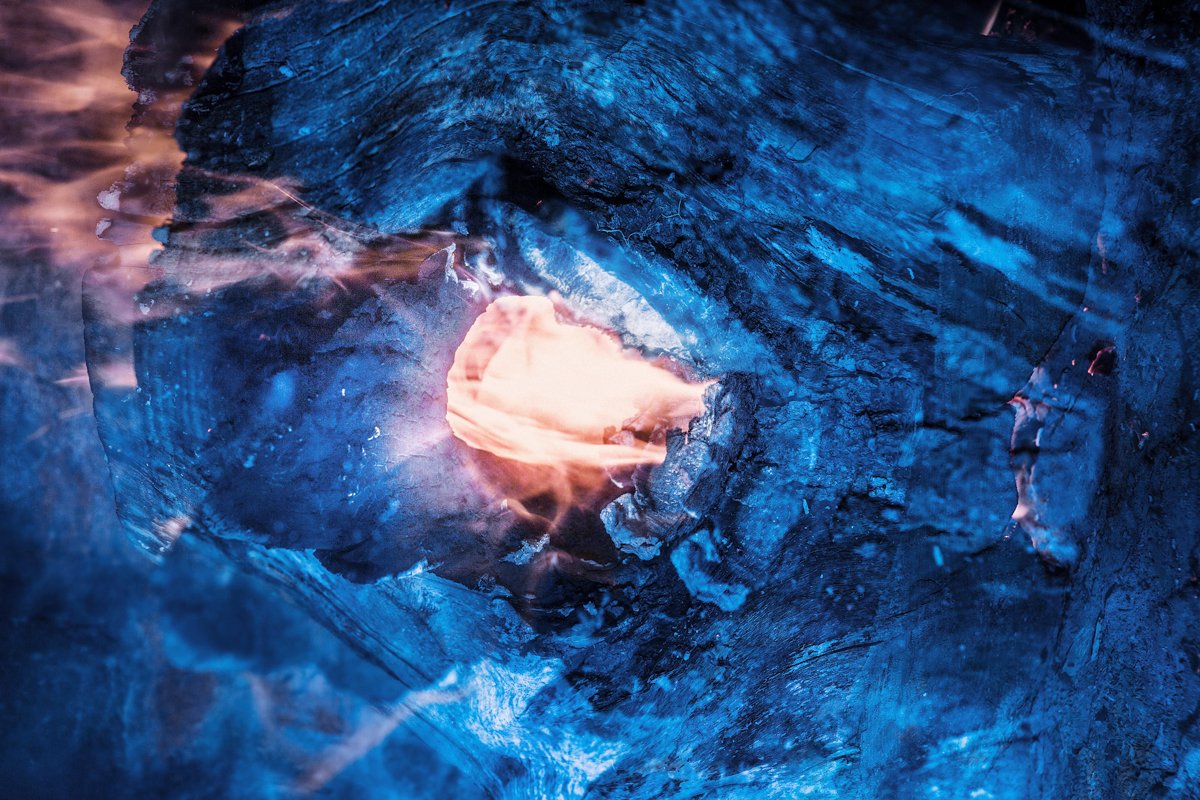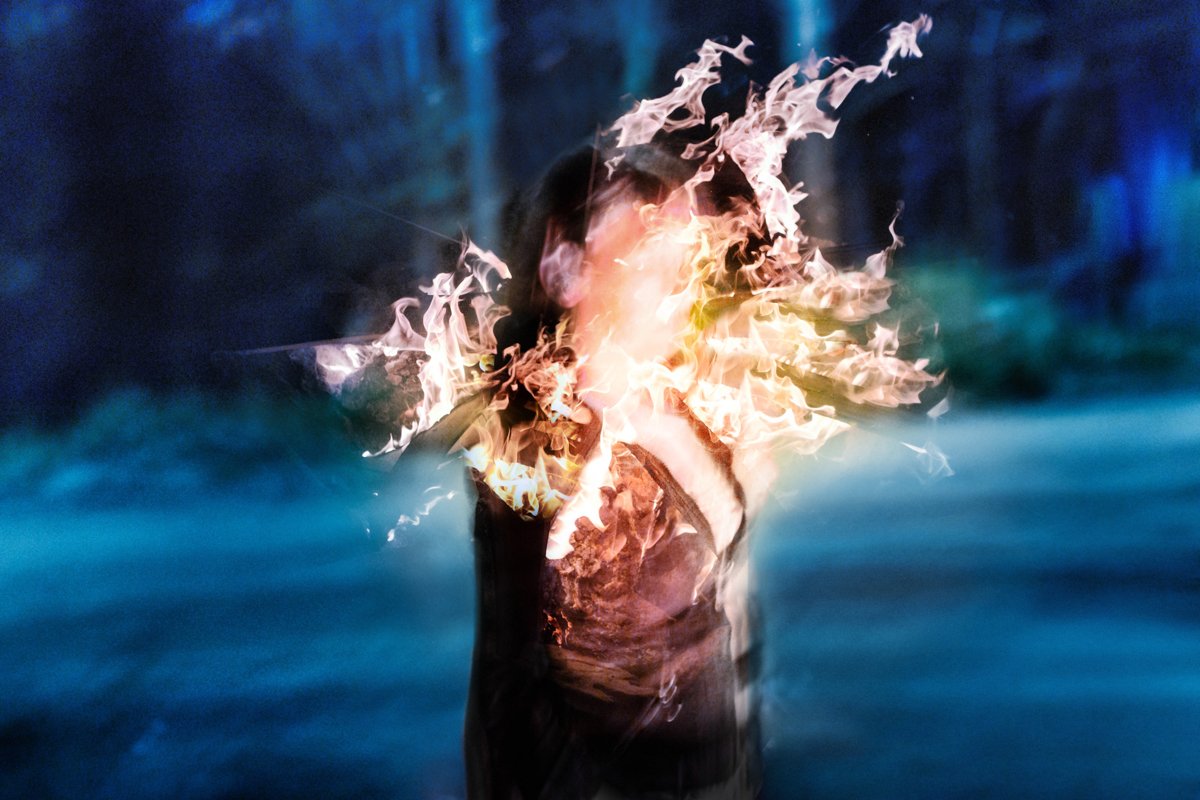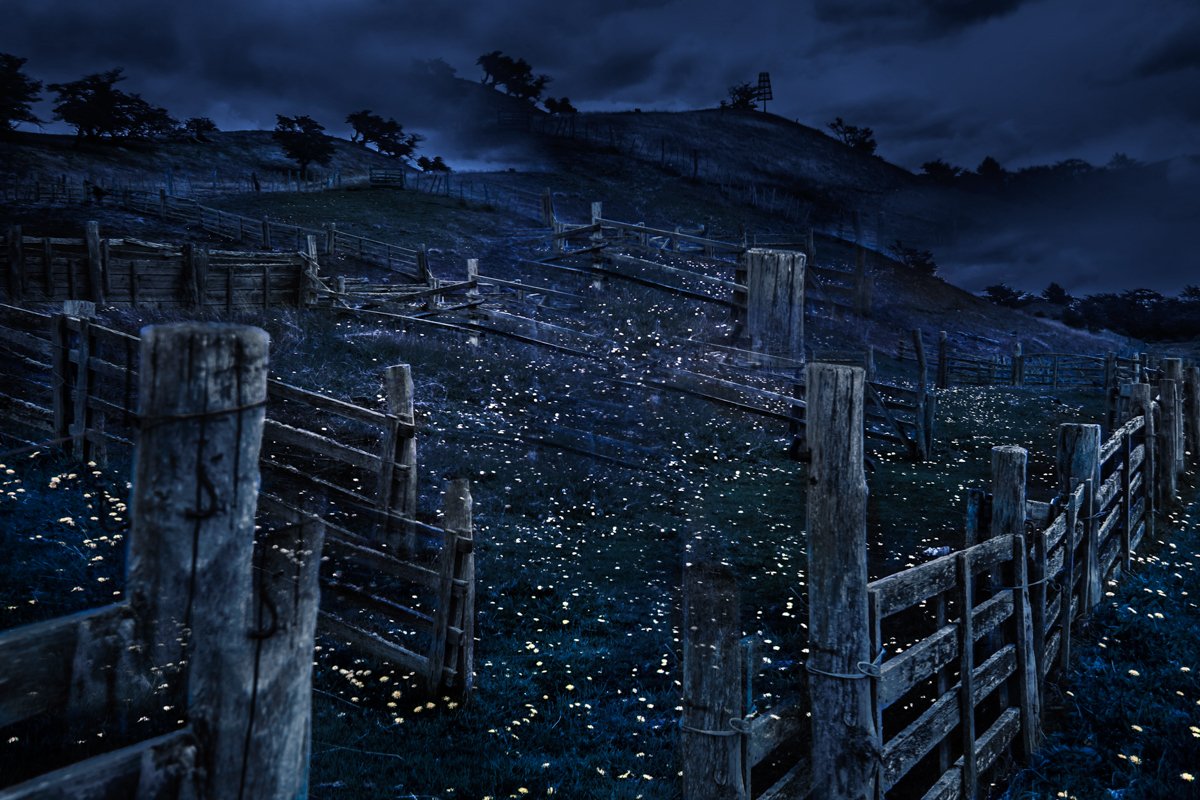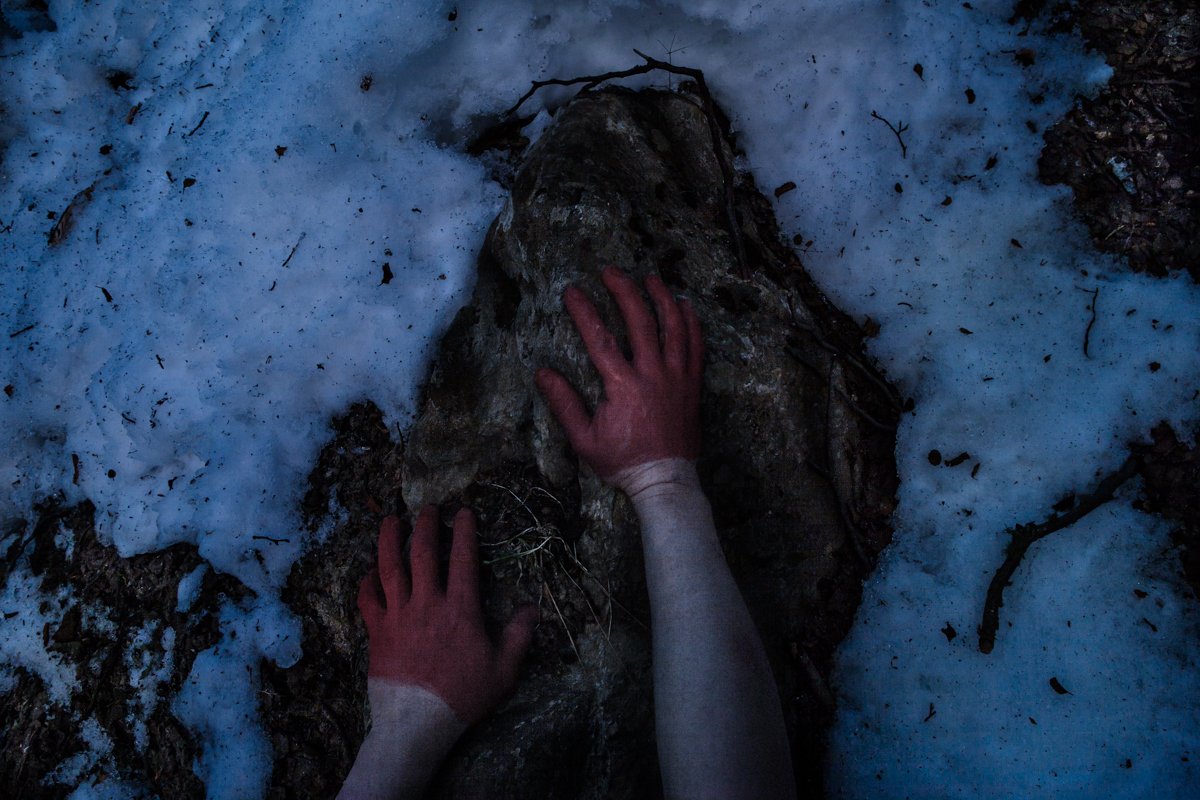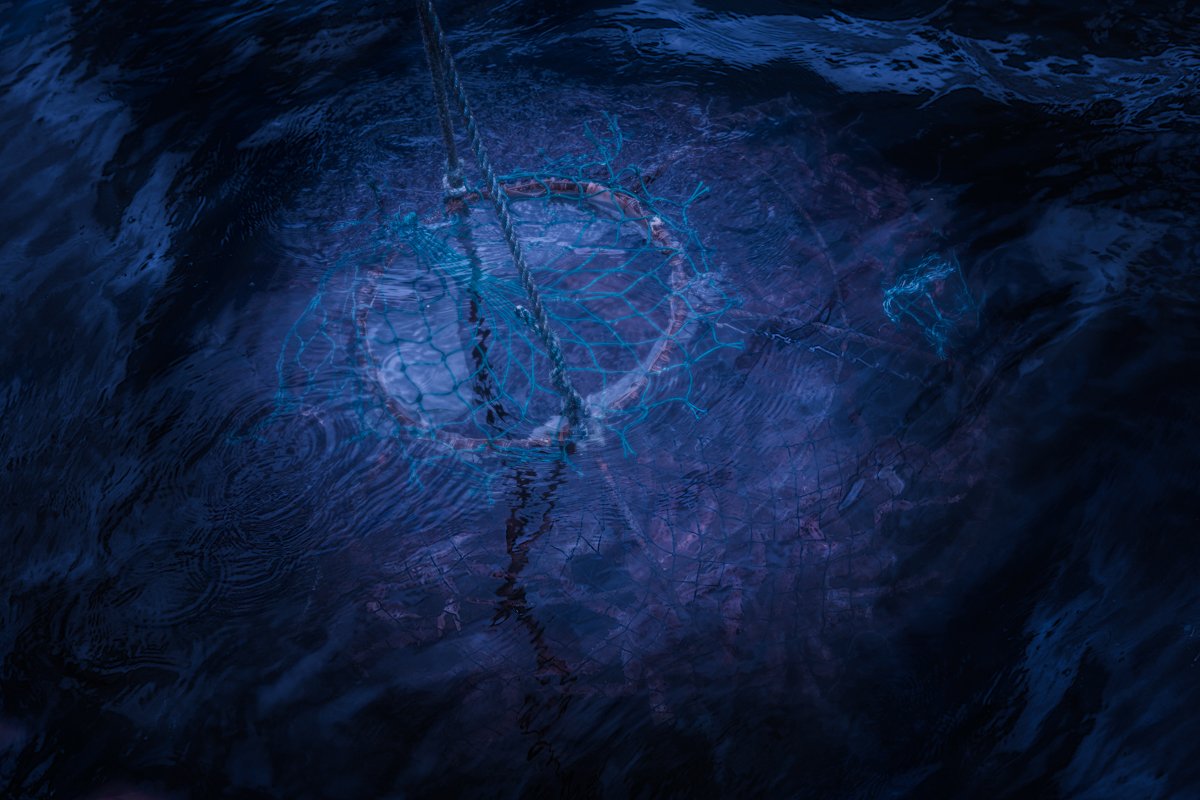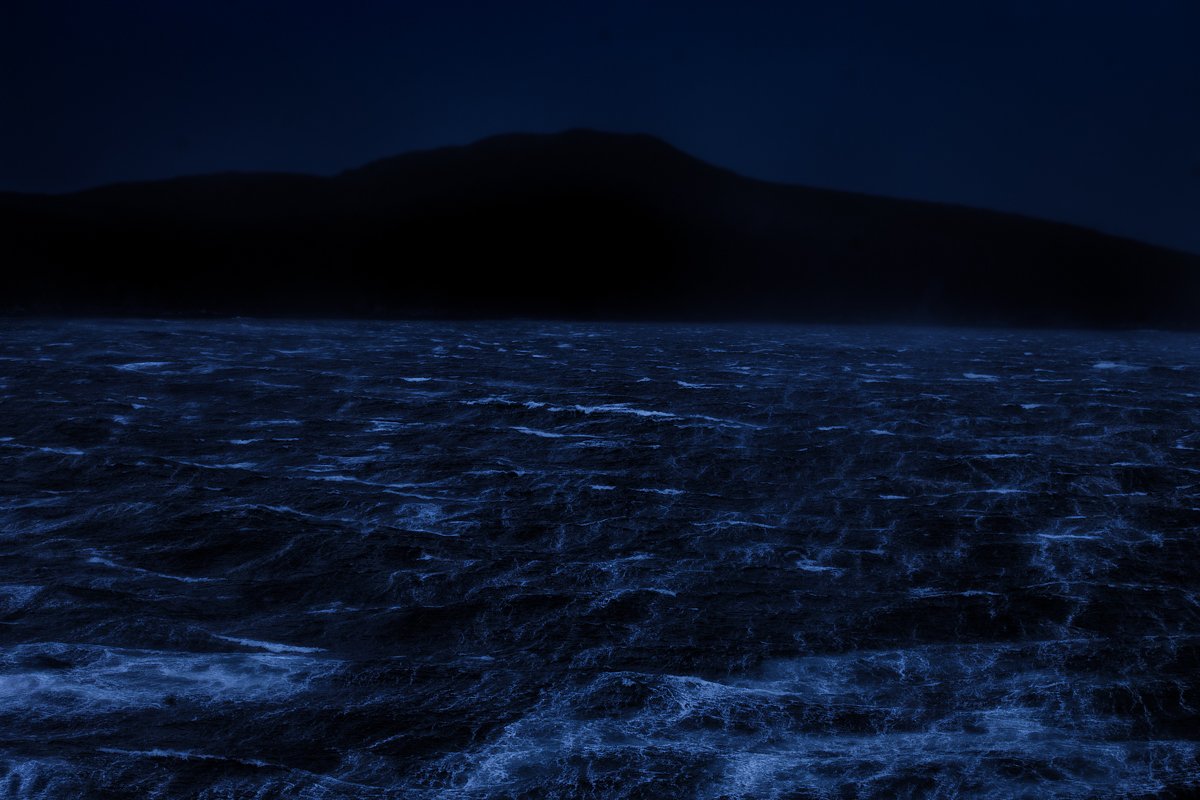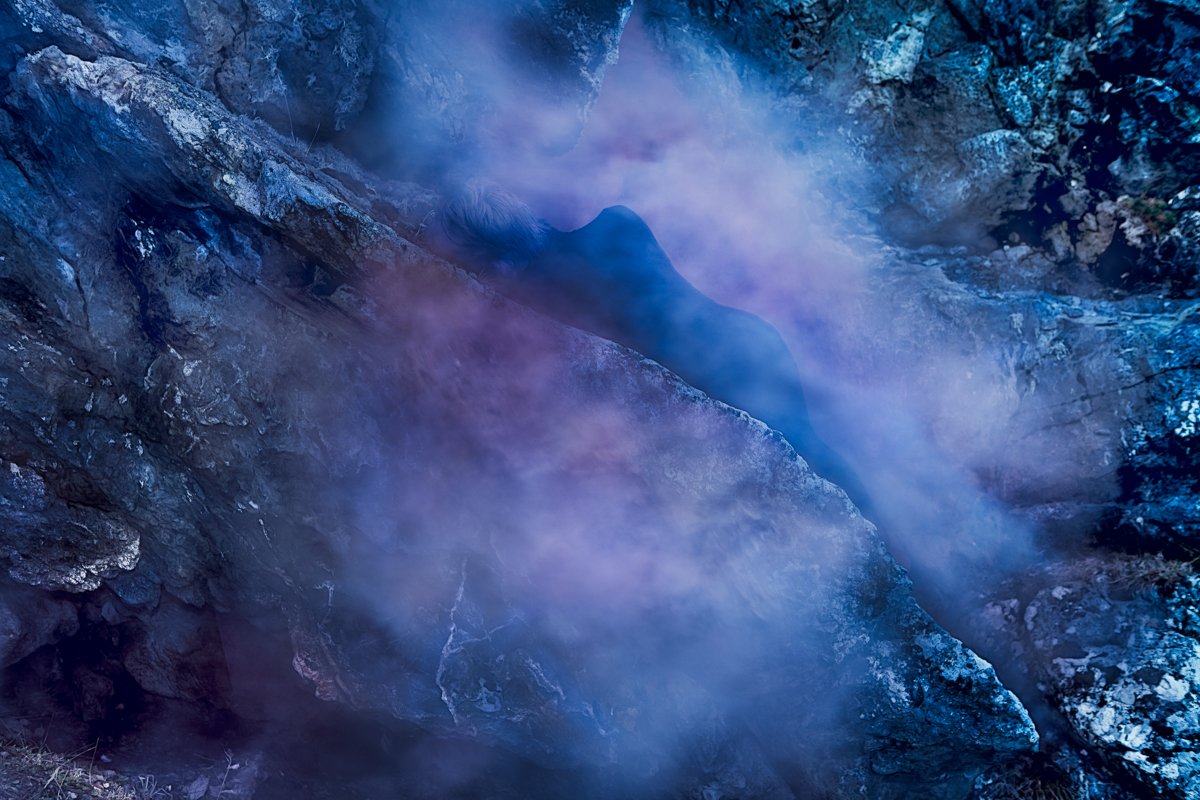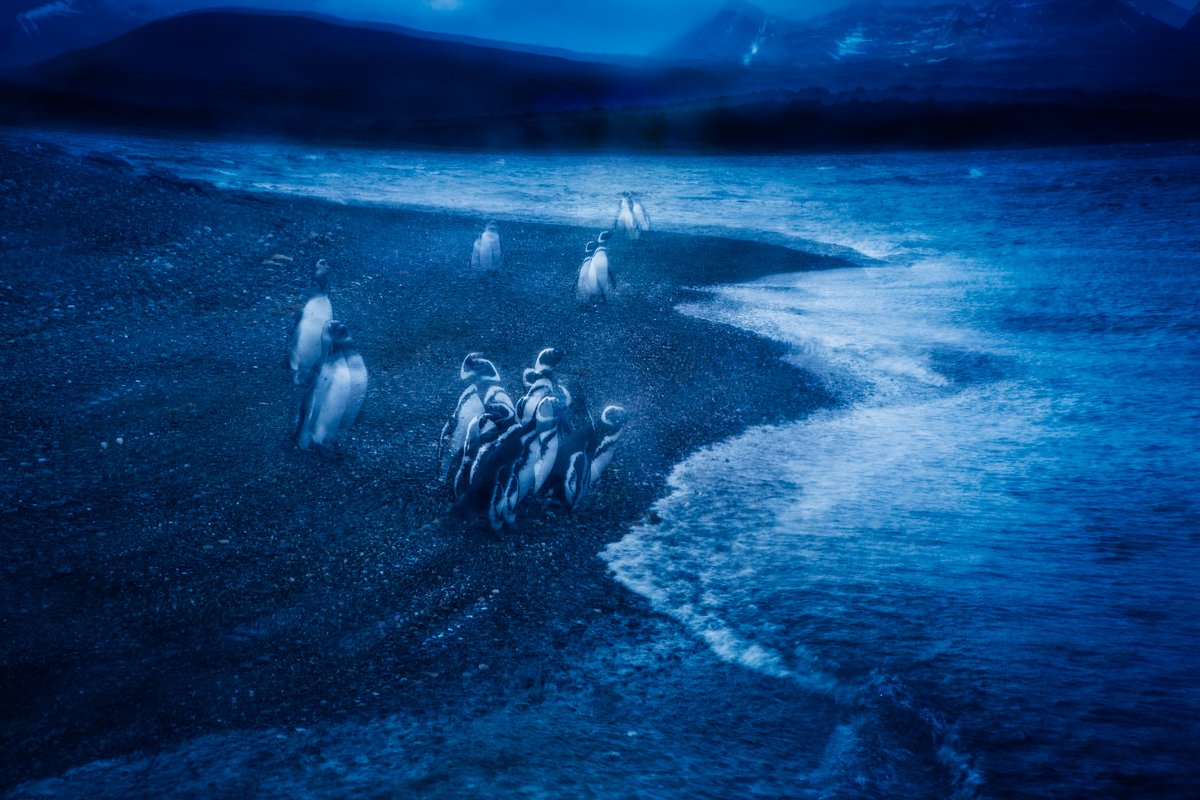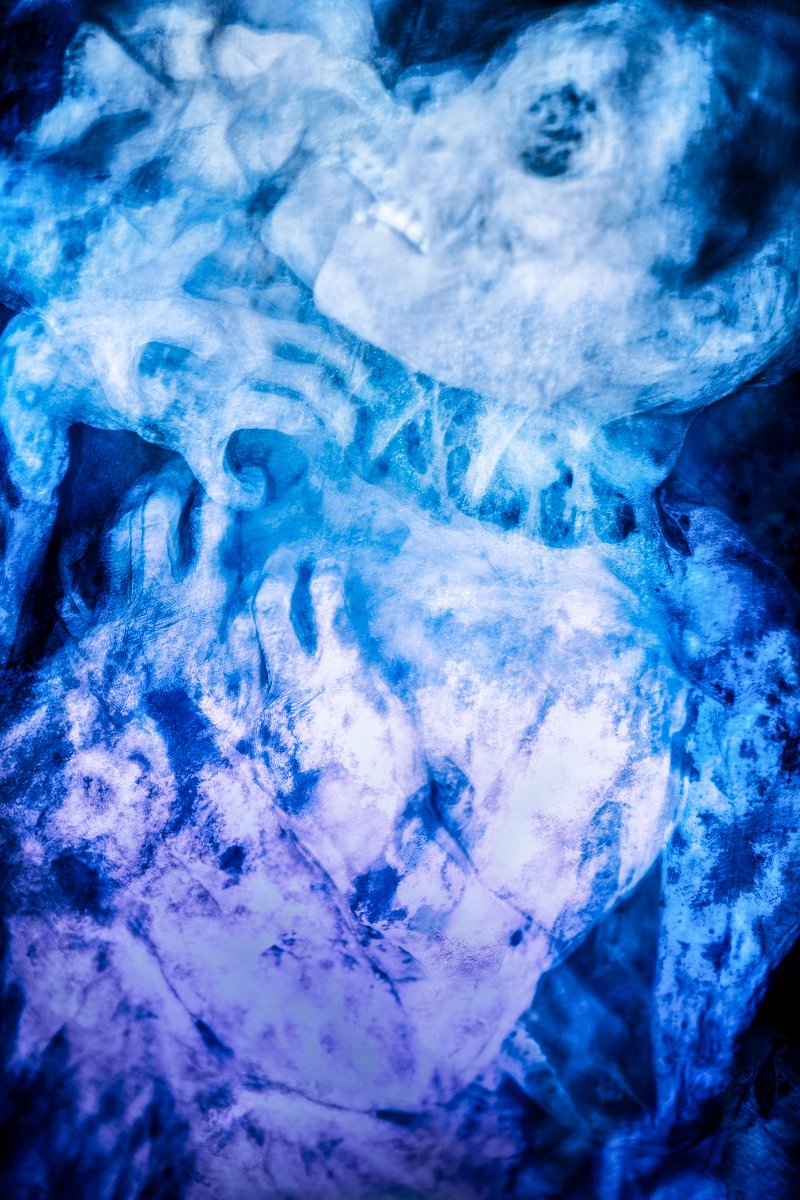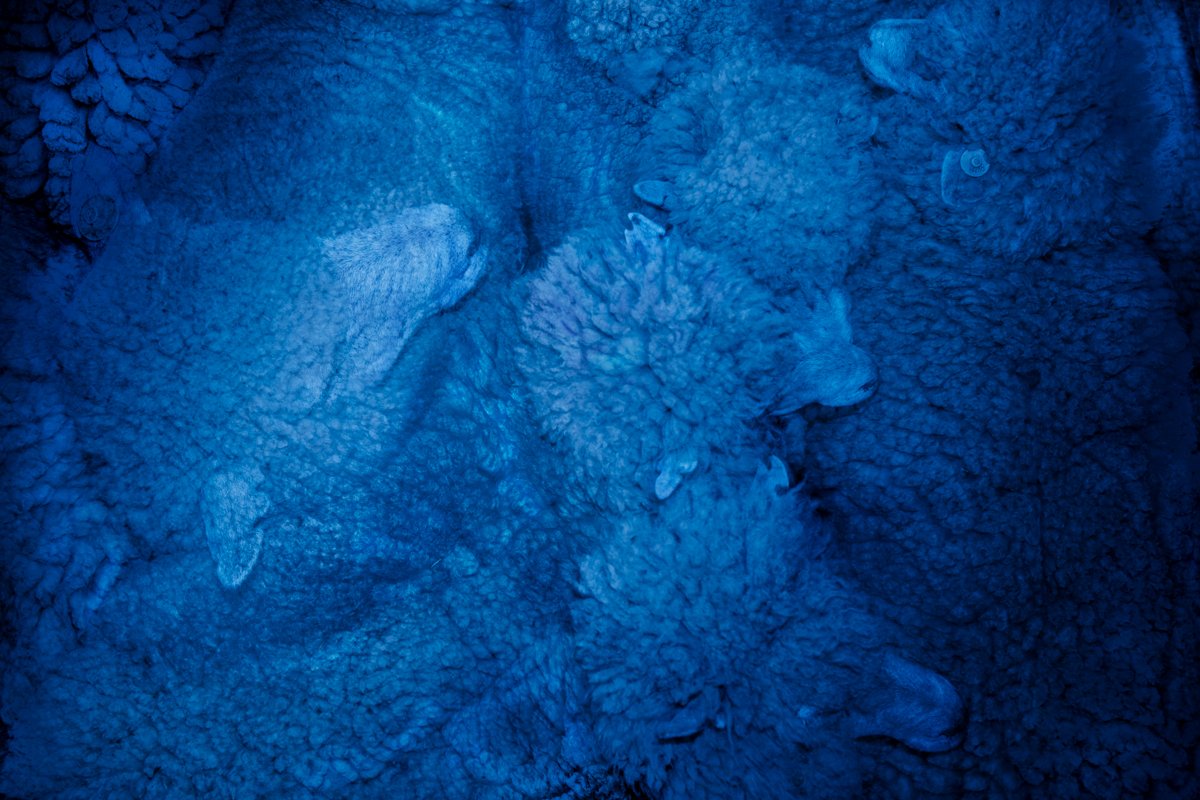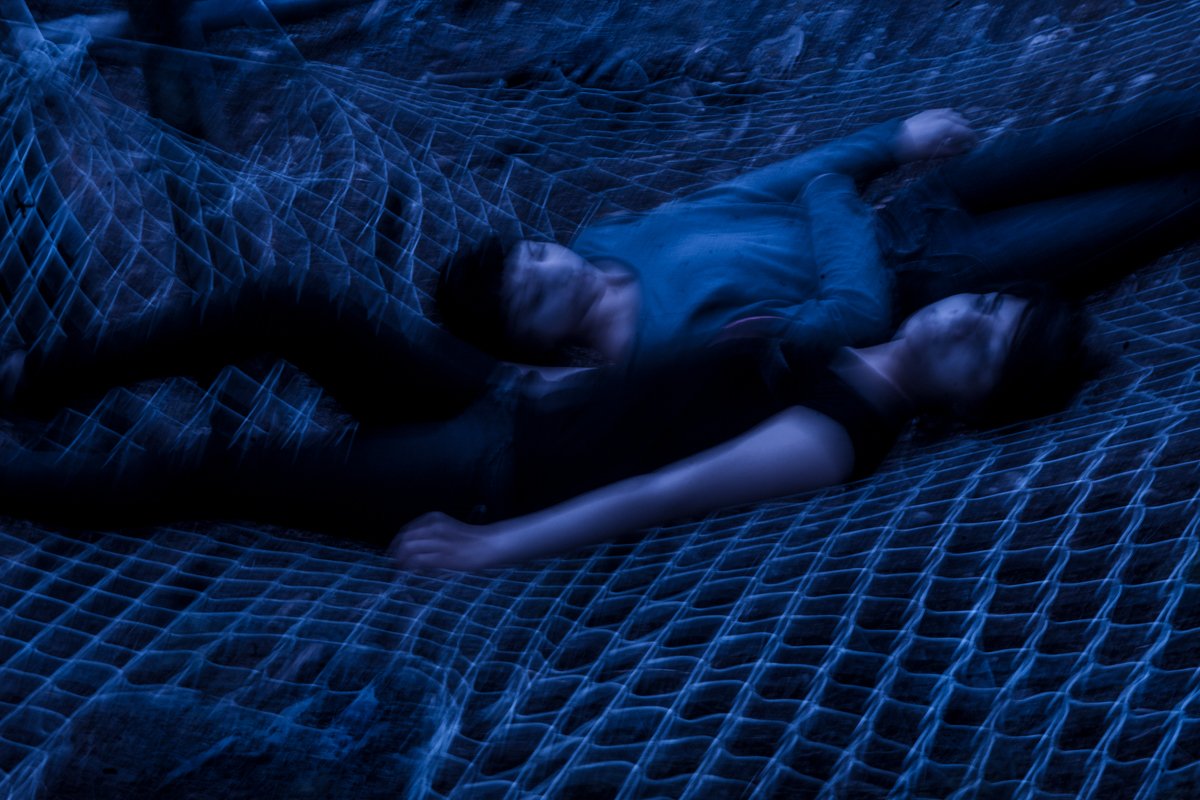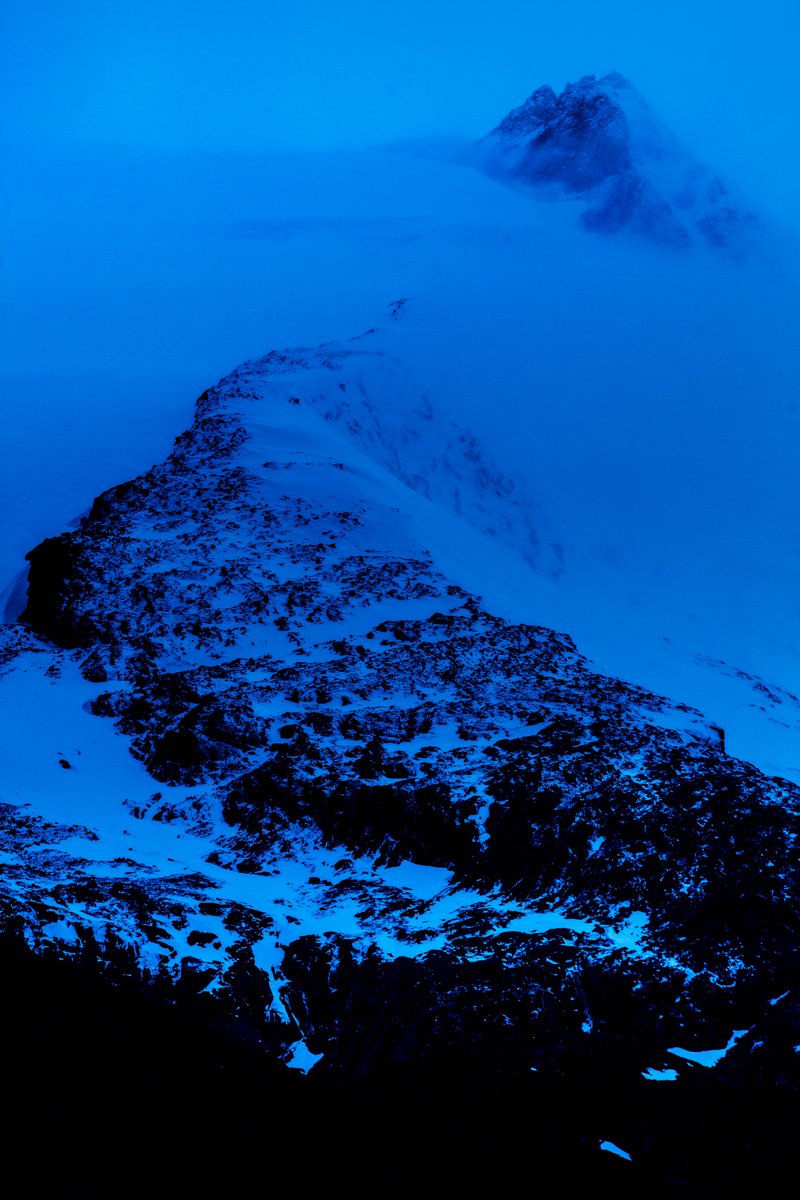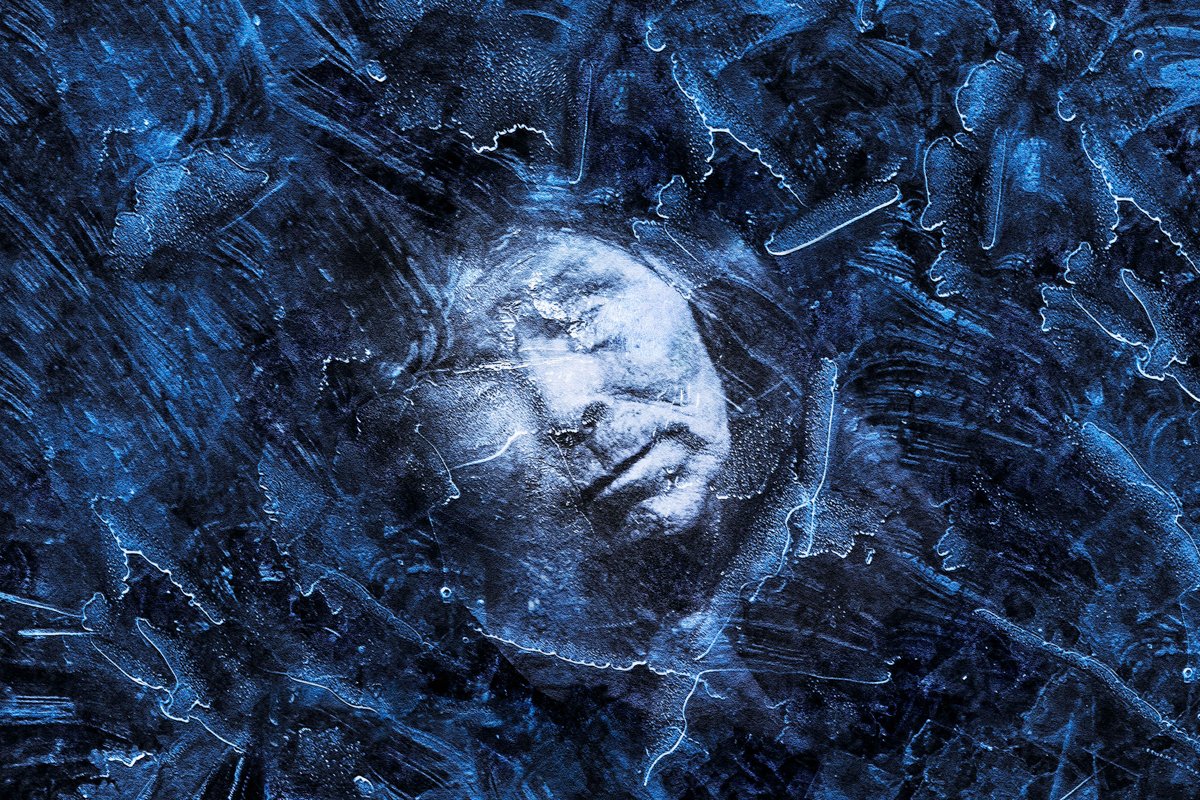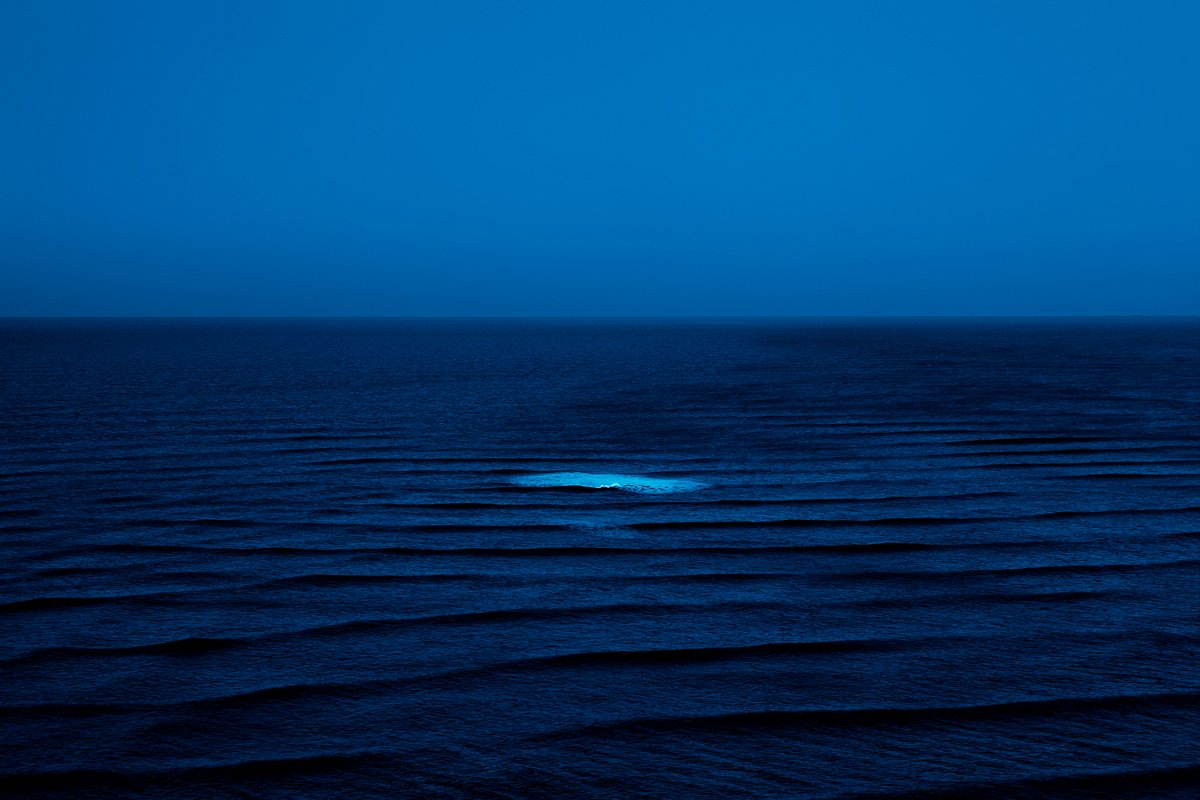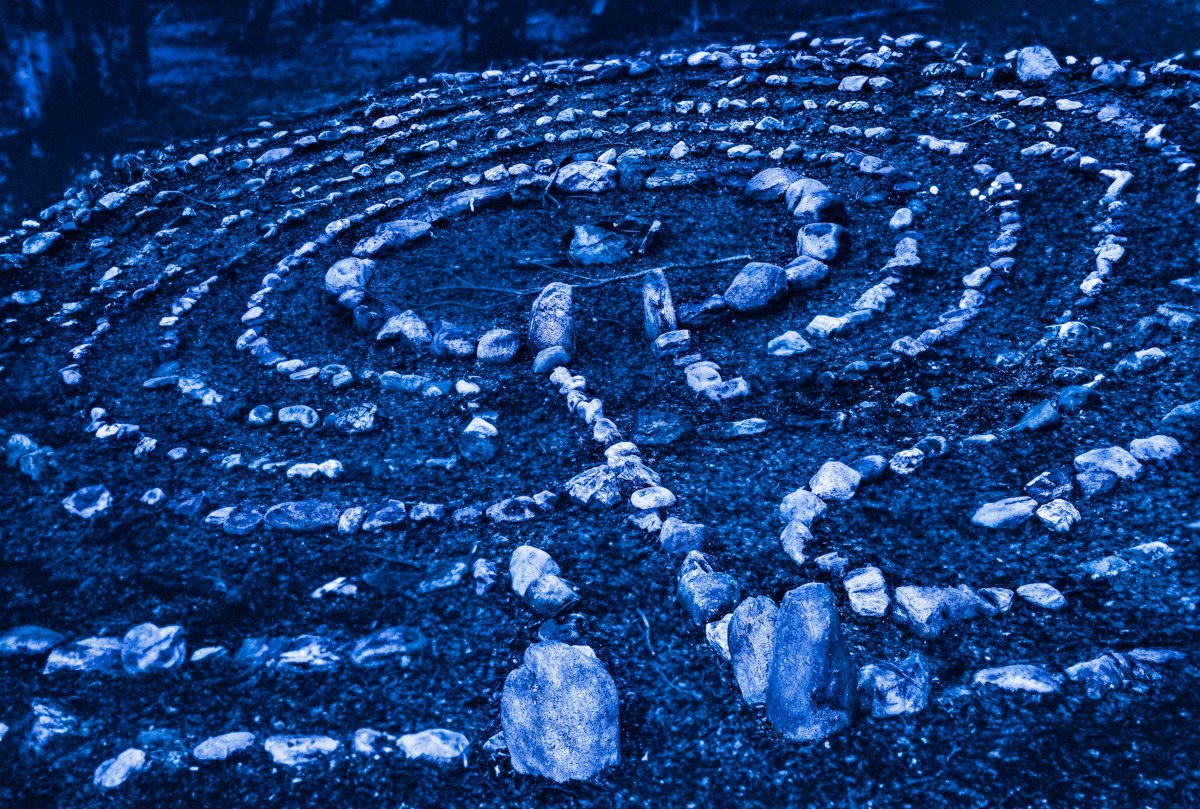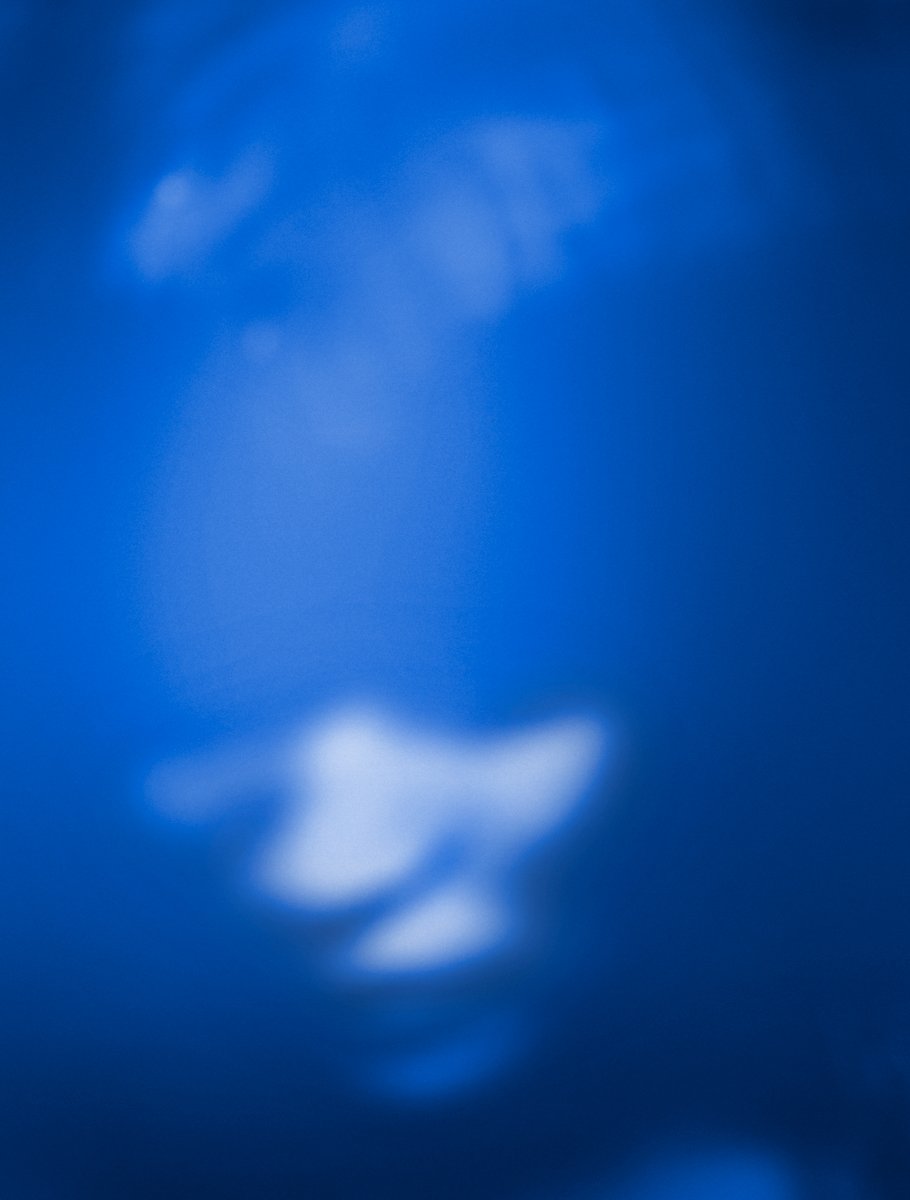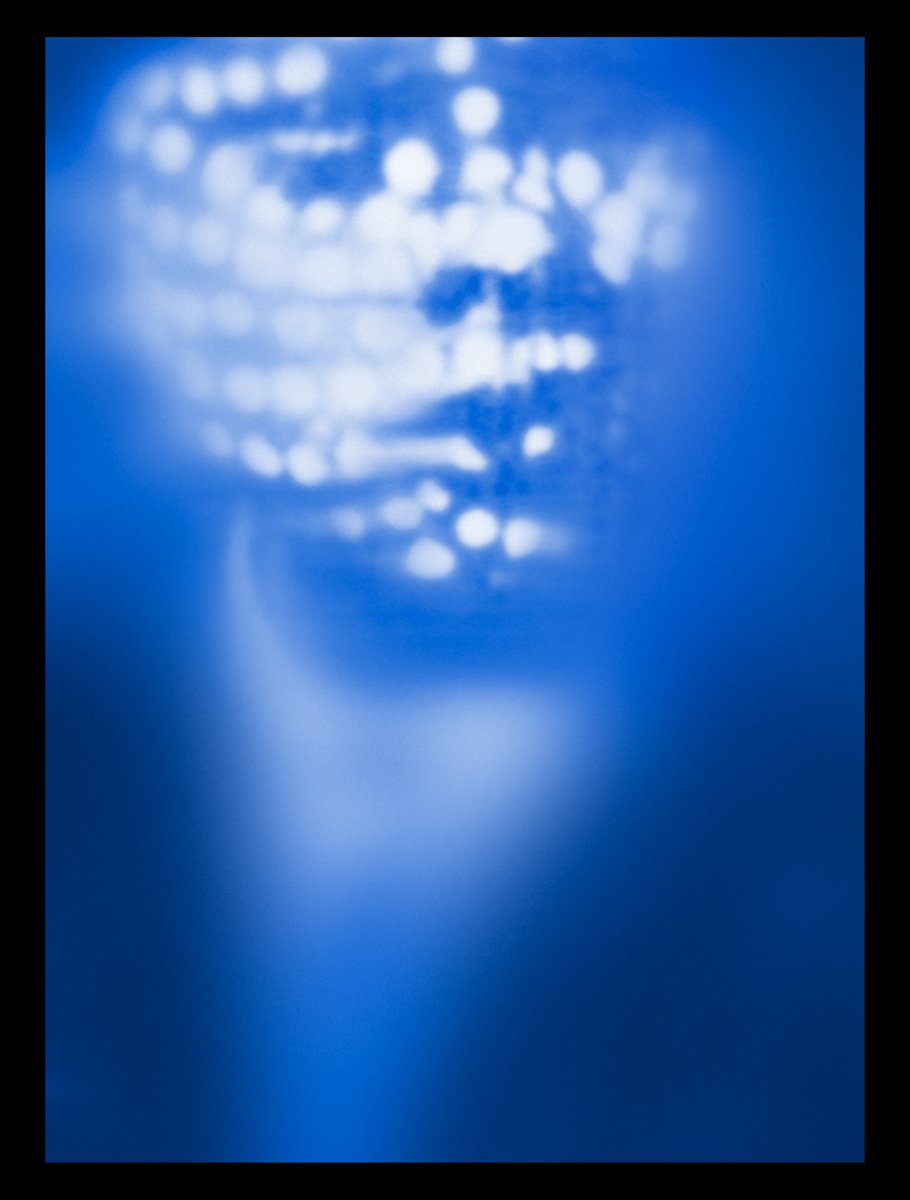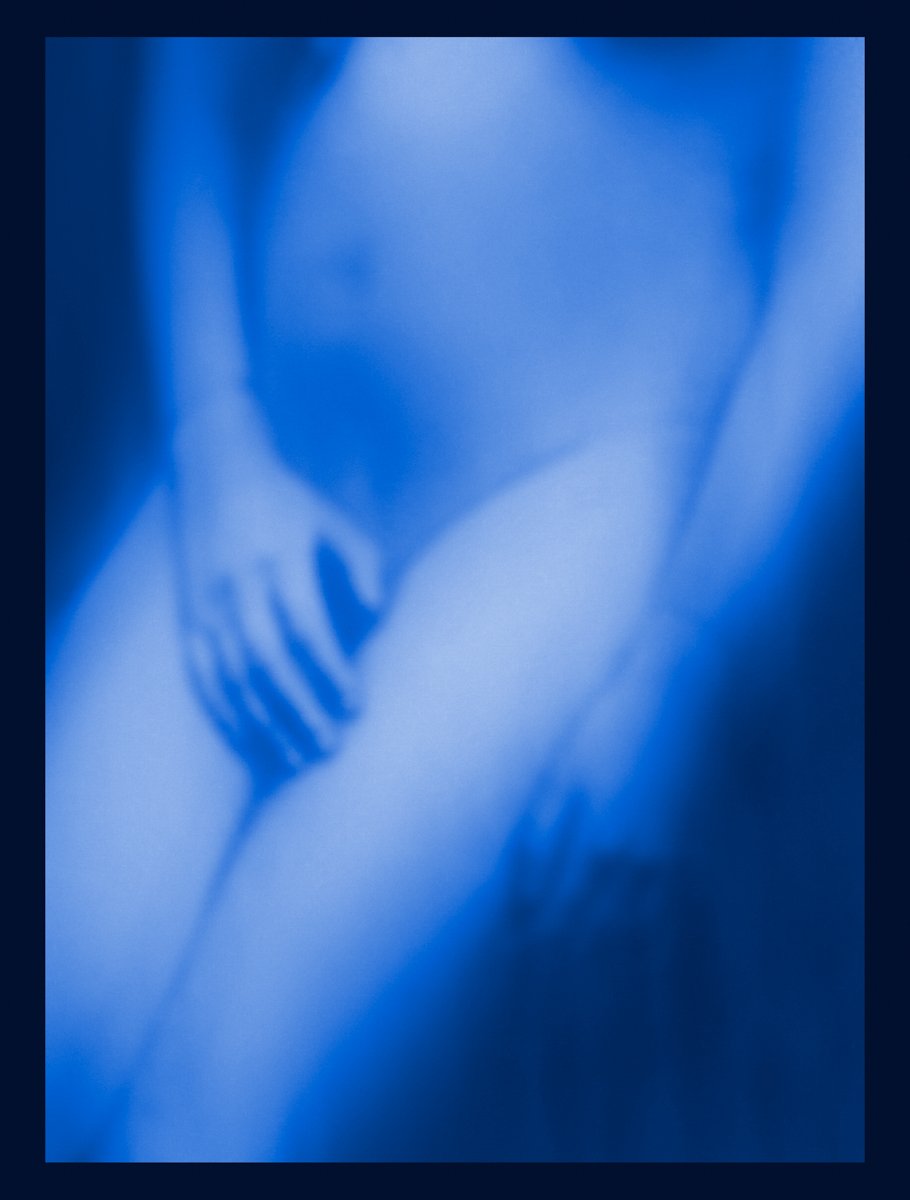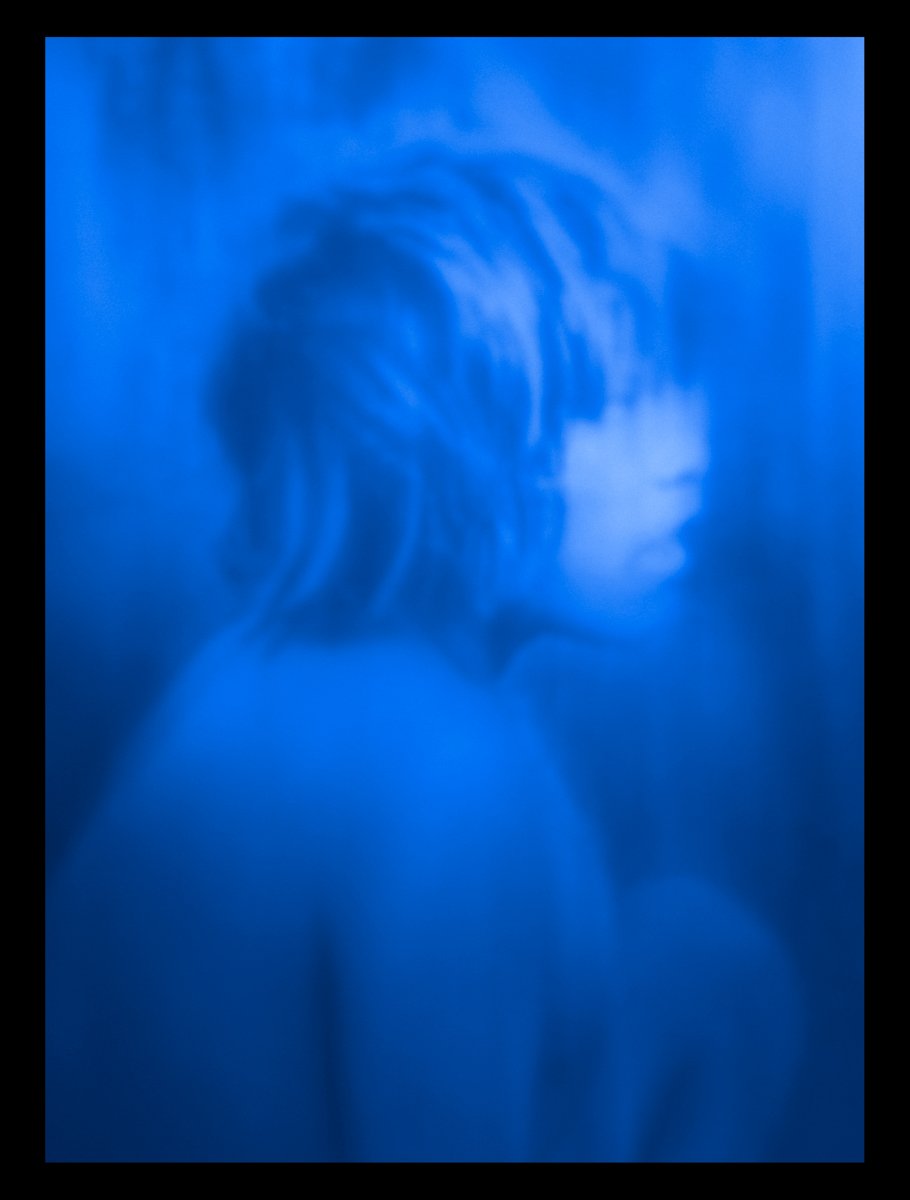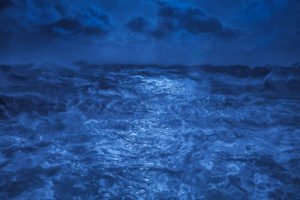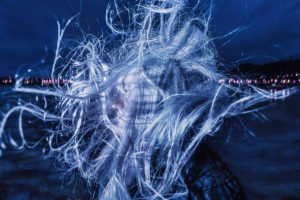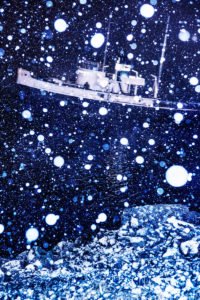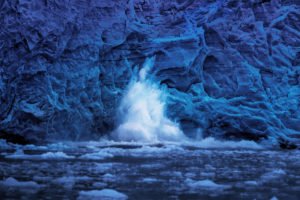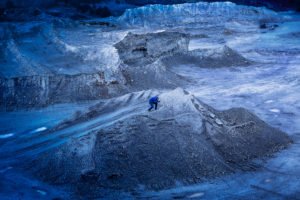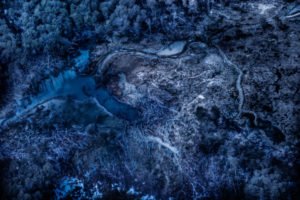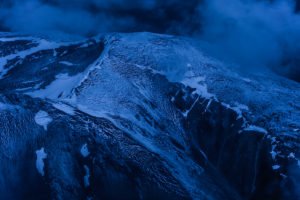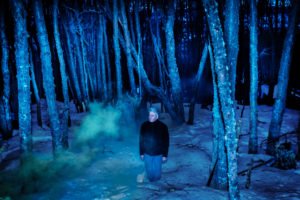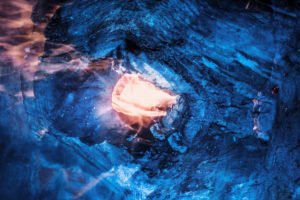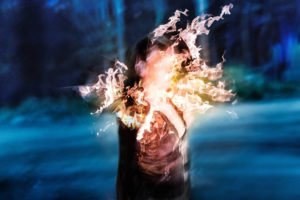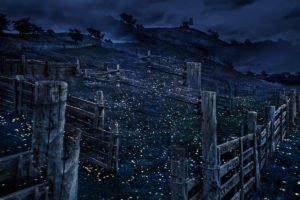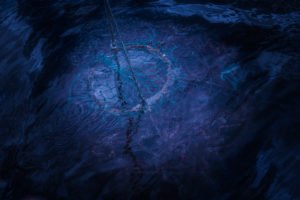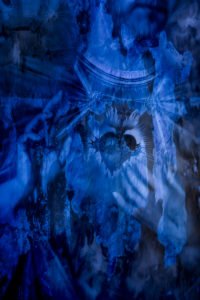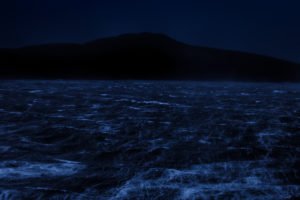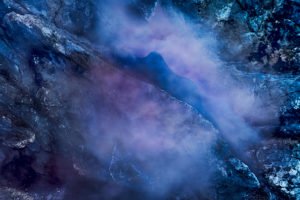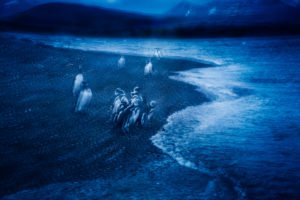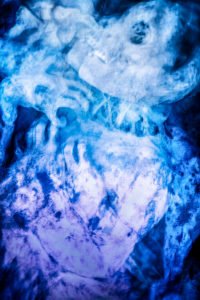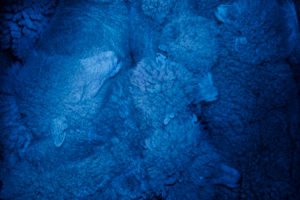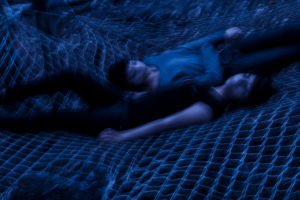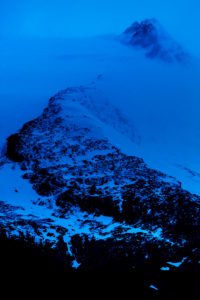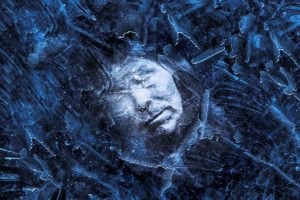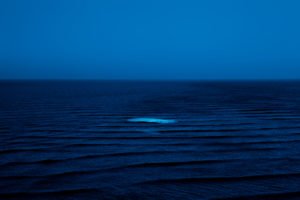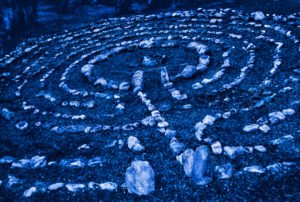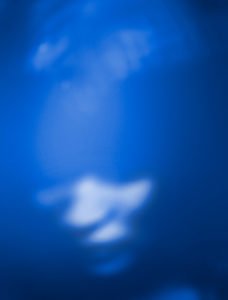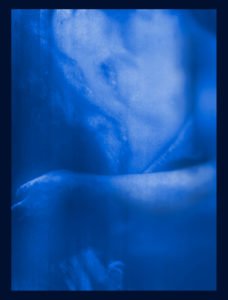- Activities
MAPS is a collective effort proposing new ways and approaches of storytelling to address the world's changing environment and societies.
MORE- Works
- Cultural
- Education
- Collective projects
- Members
MAPS brings together various dedicated professionals who want to start a new adventure and learn from each other in the process.
MORE- Photographers
- Creatives
- Contributors
- Foundation
Series
Adrift in Blue
Nicolas Janowski
“Adrift in blue” is the story of a legendary place, from the moment that the imaginary of the End of that Inhospitable World is installed until its transmutation into a concrete place that, for the Yámanas is a hospitable place to live.
The photographs revealed themselves as “unknown lands” that express other images of the world and the past, and they tell us a lot about the known and unknown. They awake our interest in “what it could be”, “what it is”, and also in “what it can be”.
Dragged by this stream we travel through a strange and changing past, with the criteria of a present that we presume decadent, disintegrated, lacking consistency.
That journey reminds us that our past is not solved, that “we are missing something” that we must recover. It offers a moment of imaginative reflection to recover the meaning of our history. It is perhaps the sadness of a lost world or perhaps the sadness of a better world that never arrives.
That is why the first stop, from the European look, is in the imaginary of the End of the World established in the most southern land of the planet, in the “finishing of the earth” as it is said by captain Francisco de Hoces in 1526 after his drift south from the Strait of Patagones. The look of these merchants, businessmen and sailors who are just passing by, focuses on the inhospitability and on the end of the known and habitable land. It will be an inheritance of the medieval imaginary in which lands were inhabited by both monstrous and marvelous beings. It will remain from then on like a useless land, not known yet.
The second station, a few centuries later, shows us the emergence of a new imaginary. The failed search for valuable natural resources is entangled with a gloomy view of the island of Tierra del Fuego. The superiority of European, Christian, and scientific civilization was embedded in the navigators, cartographers and true agents of the British expansion. They installed the idea of a primitive and fierce region, a frontier of Civilization, a land inhabited by the most abject race, of a Patagonia as the dark matrix of the universe. This vision is intimately related to the despair and the melancholic depression of Fitz Roy and Darwin.
The end of the nineteenth century will bring about an abrupt change of imagination in the hands of the economic development of capitalism and the territorial expansion of Argentina. The European images of the indigenous territories as useless lands were later replaced by others that showed Patagonia and Tierra del Fuego as inexhaustible, virgin and uninhabited territories. They appeared on the maps as empty spaces inviting settlers to come.
